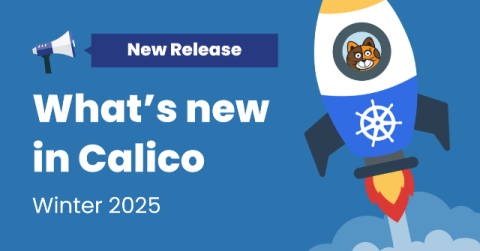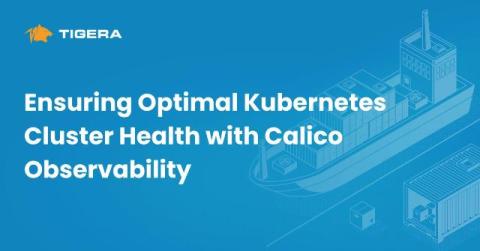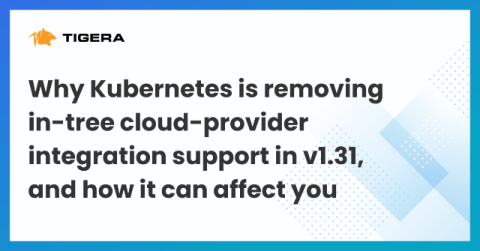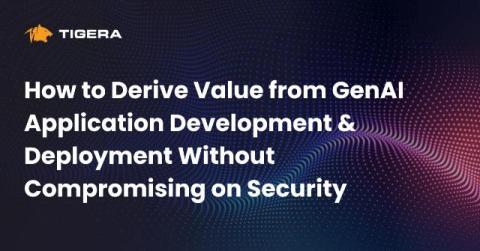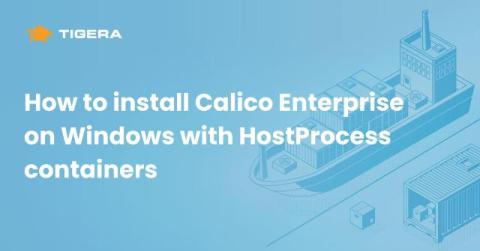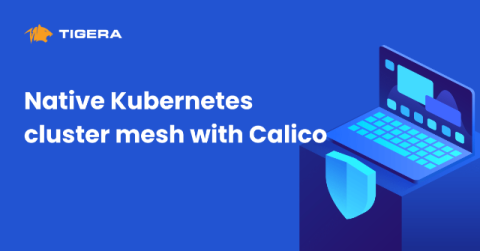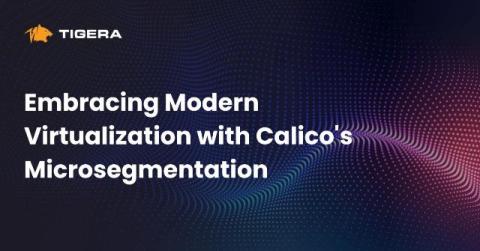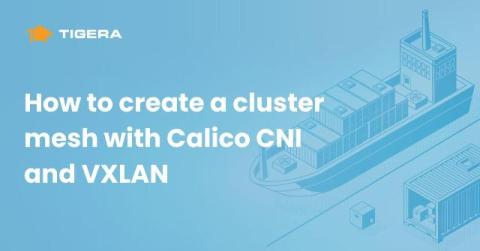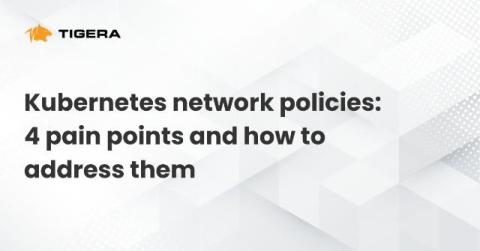What's New in Calico: Winter 2025
As we kick off the new year, we’re excited to introduce the latest updates to Calico, designed to create a single, unified platform for all your Kubernetes networking, security, and observability needs. These new features help organizations reduce tool sprawl, streamline operations, and lower costs, making it more convenient and efficient to manage Kubernetes environments.


